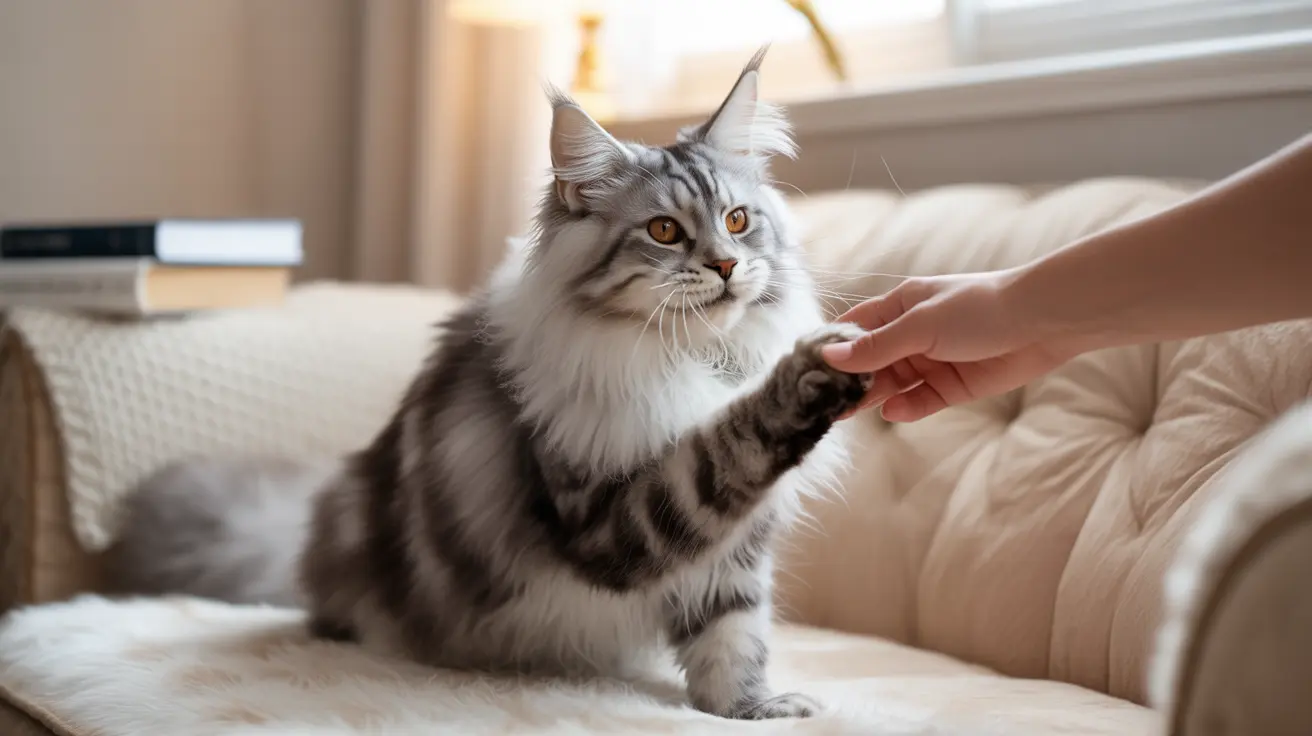The question of whether cats can fall in love has fascinated pet owners and scientists alike. While cats may not experience romantic love in the same way humans do, research reveals that our feline friends are capable of forming deep emotional bonds and displaying genuine affection toward both their human caregivers and fellow cats.
Recent scientific studies have shed light on the complex emotional lives of cats, demonstrating that these often misunderstood creatures can develop strong attachments that share similarities with the bonds formed by human infants and dogs. Let's explore the fascinating world of feline relationships and discover how cats express their version of love.
The Science Behind Feline Attachment
Research published in Current Biology reveals that approximately 65% of cats demonstrate secure attachment patterns to their human caregivers. This attachment manifests through various behaviors that indicate trust, affection, and emotional dependence.
The hormone oxytocin, often called the "love hormone," plays a crucial role in these bonds. When cats interact positively with humans or other cats, their oxytocin levels increase by about 12%, facilitating emotional connections and trust-building.
How Cats Show Love to Their Humans
Cats express their affection through unique behaviors that might seem subtle to us but carry significant meaning in feline language:
- Slow blinking or "cat kisses"
- Head-butting (bunting)
- Following their chosen human around
- Bringing "gifts"
- Purring and kneading
- Choosing to sleep near or on their person
These gestures indicate trust, comfort, and a desire to strengthen social bonds with their preferred companions.
Cat-to-Cat Relationships
While cats are traditionally viewed as solitary animals, they can form strong social bonds with other felines under the right circumstances. These relationships often develop through:
- Mutual grooming (allogrooming)
- Sleeping together
- Playful interactions
- Sharing territory peacefully
- Engaging in cooperative behaviors
Early socialization plays a crucial role in determining how well cats bond with others. Kittens who spend their critical developmental period (2-7 weeks) with littermates and humans typically develop stronger social skills.
The Role of Early Experiences
A cat's capacity for forming loving bonds is significantly influenced by their early life experiences. Kittens who receive positive human interaction and proper socialization during their first few weeks of life are more likely to develop secure attachments as adults.
This early conditioning helps shape their future relationships with both humans and other cats, affecting their ability to trust and show affection throughout their lives.
Understanding Feline Independence
Unlike dogs, who are pack animals by nature, cats maintain a unique balance between independence and attachment. This doesn't mean they love less intensely; rather, they express their affection differently and on their own terms.
Their evolutionary history as solitary hunters influences how they form and maintain relationships, leading to a more nuanced expression of attachment that respects their need for autonomy.
Frequently Asked Questions
Can cats truly fall in love with other cats or humans, or is their affection driven by different instincts?
While cats don't experience romantic love like humans, they form genuine emotional attachments driven by a combination of social bonding, trust, and positive associations. These bonds are supported by neurochemical changes, including the release of oxytocin during positive interactions.
What are the signs that a cat has formed a strong emotional bond or attachment to its owner?
Key signs include slow blinking, following their owner around, seeking physical contact, purring in their presence, bringing "gifts," and choosing to sleep near them. These behaviors indicate trust, comfort, and a desire for social connection.
How does early socialization affect a cat's ability to develop close relationships with people and other cats?
Early socialization between 2-7 weeks of age is crucial for developing strong social bonds. Kittens exposed to positive interactions with humans and other cats during this period typically become more socially adaptable and capable of forming secure attachments.
How do cats' ways of showing affection differ from those of dogs or humans?
Cats show affection more subtly than dogs, using behaviors like slow blinking, gentle head-butting, and selective proximity. While dogs may show overt excitement, cats express love through more reserved gestures that respect personal space.
What role does the hormone oxytocin play in strengthening bonds between cats and their human caregivers?
Oxytocin is released during positive interactions between cats and their caregivers, helping to create and reinforce emotional bonds. This "love hormone" promotes feelings of trust and attachment, though cats show a smaller oxytocin response (12%) compared to dogs (57%).
Conclusion
While cats may not fall in love in the human sense, they are certainly capable of forming deep, meaningful bonds with both their human caregivers and other cats. Understanding and respecting their unique ways of showing affection can help strengthen these special relationships and create lasting connections with our feline friends.






